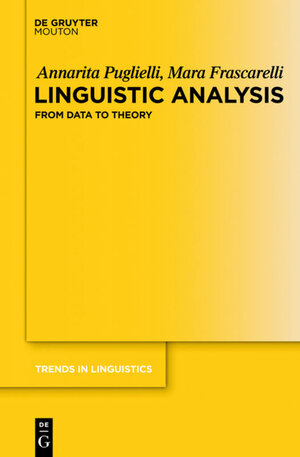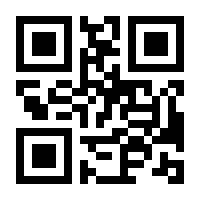
This book reconsiders the classic topics of linguistic analysis and reflects on universal aspects of language from a typological and comparative perspective. The aim is to show the crucial interactions which occur at the different levels of grammar (phonology, morphology, lexicon, syntax and pragmatics), illustrating their various roles in the structural organization of the sentence and exploring how interface relations contribute to yield interpretation in typologically different languages. The structural analysis is set within the Generative framework of grammar, though theoretical tenets are the outcome, rather than the starting point, of a study based on the observation of data.
As the basic intent is to show different phenomena across a wide range of languages, a 'semi-guided' method has been adopted in order to facilitate comprehension and assist the reader in the identification of language universals. For every topic, the discussion of previous literature is followed by cross-linguistic evidence so that theory can be checked against data and the relevant generalizations drawn. Ultimately, this approach reveals that grammar is based on a very limited number of universal principles, which operate yielding different effects at the different levels of the grammar. It implies that a real understanding of the language-system can only be derived from a comparative analysis in which the notion of interface plays a crucial role.
The seven chapters in the volume deal with categories and functions, argument structure, syntactic functions, the structure of noun phrases, adverbial modification, information structure and illocutive force. Throughout, the observation of data from 74 languages is a crucial element in the formulation and understanding of theoretical tenets.
This book is highly recommended for researchers and students interested in formal analysis from a typological, comparative perspective.



